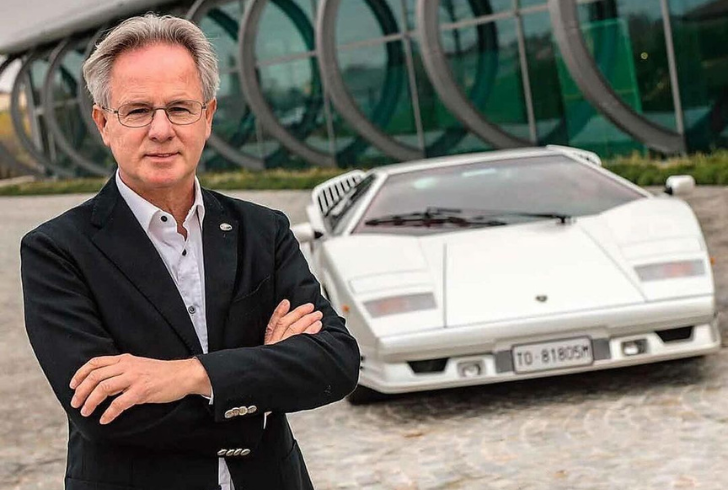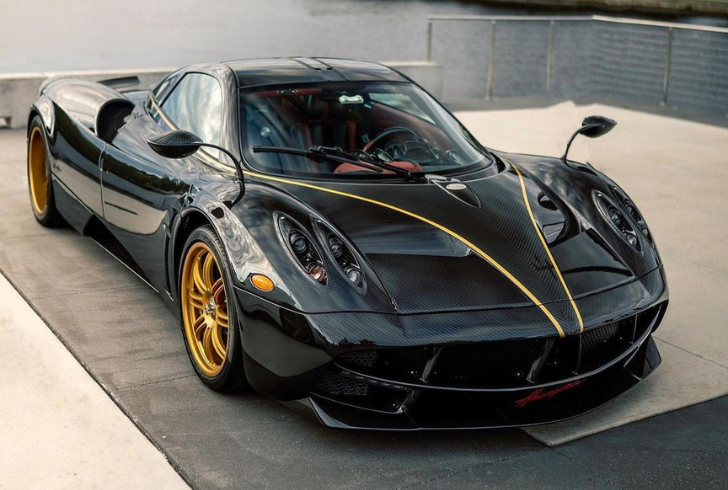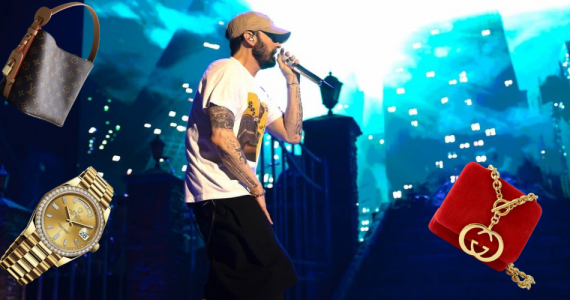Pagani. The name itself conjures images of sleek, aerodynamic beasts, capable of mind-bending speeds and head-turning designs. But where do these automotive marvels come from? Wondering “where is Pagani made”?
Buckle up, because we’re about to delve into the world of Pagani, a story brimming with passion, innovation, and a touch of supercar magic.
From Humble Beginnings to Hypercar Hero

Horacio Pagani’s journey with Pagani began in 1983 at Lamborghini, the legendary Italian supercar manufacturer. There, his interest in composite materials, particularly carbon fiber, blossomed. This was a time when Lamborghini wasn’t exactly embracing this futuristic approach to car construction. But Horacio, a man with unwavering belief, pressed on.
Fast forward to the late 1980s, with Lamborghini facing financial woes, Horacio decided to take matters into his own hands. He established Modena Design, a consulting business that paved the way for Pagani Automobili in 1992. The year 1999 marked a pivotal moment – the arrival of the stunning Zonda C12 at the Geneva Motor Show. The world gasped, and Pagani Automobili was on the map.
A Nest of Supercars – Where Pagani Calls Home
So, where is Pagani made? If you ever find yourself navigating the picturesque Emilia-Romagna region in Italy, look no further than San Cesario Sul Panaro, a town southeast of Modena. This is where Pagani’s beating heart resides – a workshop of dedication and craftsmanship where Pagani’s automotive dreams are brought to life.

San Cesario Sul Panaro isn’t Pagani’s stomping ground. It’s a veritable supercar haven! Within a mere 33-mile radius, you’ll find the headquarters of Lamborghini, Maserati, Ferrari, and even Ducati. Talk about a neighborhood steeped in automotive heritage!
This geographic proximity fosters a unique camaraderie amongst these Italian supercar giants. It’s not about fierce competition (although there’s a healthy dose of that), but also a mutual respect for achievements and a shared passion for pushing the boundaries of automotive design.
Pagani Production
Unlike mass production car manufacturers, Pagani takes a meticulous, almost artisanal approach to car creation. Each Pagani is crafted by hand, with an emphasis on quality and bespoke touches.
This dedication to detail is reflected in the sheer number of Paganis produced each year – a mere 40. Yes, you read that right! But hey, when each car takes about six months to build, quality over quantity becomes the mantra.
Unveiling the Pagani Lineup
Pagani’s legacy is built on a string of phenomenal cars. The iconic Zonda, with its dramatic lines and aggressive stance, ruled the roost for years. Now, the torch has been passed to the Huayra, a technological marvel that looks like it materialized from a futuristic dream. And if you’re looking for a glimpse into the future of Pagani, set your sights on Utopia, the company’s latest masterpiece.

How much does a Pagani cost, you ask? Let’s say “isn’t exactly a term associated with Paganis. These are exclusive machines, and their price tags reflect that. Be prepared to delve into seven-figure territory, regardless of the model you choose. The most expensive Pagani ever built? The Zonda HP Barchetta is a limited-edition masterpiece that cost a staggering €15 million.
A Blend of Vision and Respect
Pagani’s story is a tapestry woven with moments of triumph and testaments to Horacio Pagani’s unwavering vision. There’s the success of the Zonda, a car that transformed Pagani from a fledgling company to a supercar powerhouse. But beyond the accolades and financial milestones, there’s a deeper significance.
Horacio Pagani’s unwavering belief in the potential of carbon fiber composites, a technology dismissed by Lamborghini, has been validated by Pagani’s success. He wasn’t building cars; he was pioneering a new era in automotive construction.
A somber note in Pagani’s history is the passing of Juan Manuel Fangio, the legendary Formula One champion. Fangio was a close friend and mentor to Horacio, and his recommendation even landed Horacio a job at Lamborghini. Fangio’s influence extended to the Mercedes-AMG V12 engines that power Paganis – a testament to his lifelong association with Mercedes and his role in securing these incredible powerplants. Fangio passed away before witnessing the Pagani C12’s debut, a car intended to bear his name.





